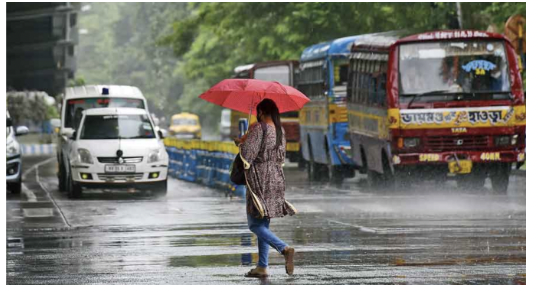Analyzing Future Climatic Changes in Temperature and Precipitation Using CMIP6 for Kolkata, India
DOI:
https://doi.org/10.58445/rars.29Keywords:
Climate, Climate science, CMIP6, IndiaAbstract
Climate change poses serious threats to India's agriculture and economy(Chaturvedi et al., 2012) while imposing challenges such as widening the existing social inequality and causing cross-border refugee migrations. Kolkata, a megacity in India, has been singled out as one of the urban centers vulnerable to climate risks such as temperature and precipitation changes and their extremes(Dasgupta et al., 2013). To better understand and quantify these changes, scientists have newly developed Shared Socioeconomic Pathways (SSPs) under the updated Coupled Model Intercomparison Project phase 6 (CMIP6). Here, we provide multi-scenario temperature and precipitation projections for Kolkata for the period 1950-2100 based on the recently released and state-of-the-art CMIP6 climate models. We find that annual mean temperatures for Kolkata are projected to increase by 0.4-3.9°C depending on the SSP considered. Moreover, we identify significant projected declines in cold nights (<15°C) and significant increases in heatwave days (>40°C). Meanwhile, the CMIP6 models analyzed project total annual precipitation and frequency of extreme precipitation days to be roughly similar to 1960-1990 baseline conditions across all SSP scenarios considered. We also observe a clear divergence among the three SSP scenarios for all variables considered only after the years 2050-2060. This work emphasizes the urgency to consider climate change risks in policy-making for agriculture and urban activity in Kolkata.


